Time Period: Civil War through Reconstruction (1861 - 1874)
John Wilson Martin House
aka: Bradley County Historical Museum
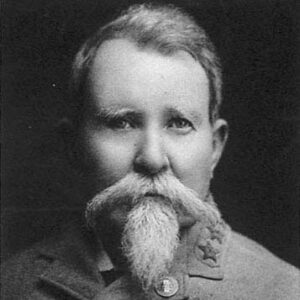 Benjamin W. Johnson
Benjamin W. Johnson
Johnson, George T. F.
aka: George Taylor
Johnson, Hugh (Lynching of)
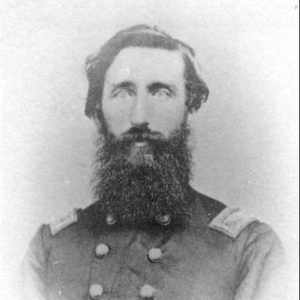 James M. Johnson
James M. Johnson
Johnson, James Madison
Johnson, Jeff (Lynching of)
 Jeff Johnson Lynching Article
Jeff Johnson Lynching Article
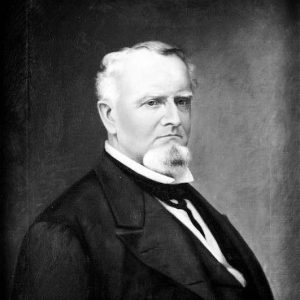 Bob Johnson
Bob Johnson
Johnson, Samuel
Jonesboro, Skirmish at
Kaskaskia
Kate Hart
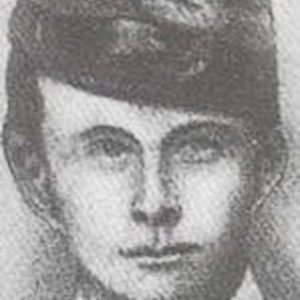 John H. Kelly
John H. Kelly
Kendal’s Grist Mill, Affair at
Kennedy, James (Lynching of)
 James Kennedy Lynching Article
James Kennedy Lynching Article
Kennedy, John
 Thomas Key
Thomas Key
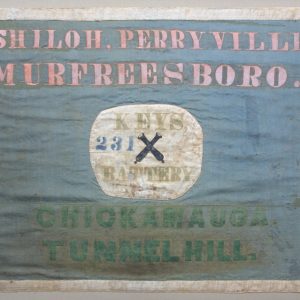 Key's Battery Flag
Key's Battery Flag
Kickapoo Bottom, Skirmish at
aka: Skirmish at Sylamore (May 29, 1862)
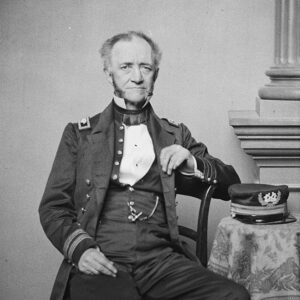 Augustus Kilty
Augustus Kilty
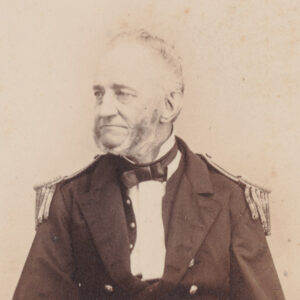 Augustus Kilty
Augustus Kilty
King’s River, Skirmish at
Kingston, Skirmishes at
Klepper’s Sawmill, Skirmish at
aka: Skirmish at Clapper's Sawmill
Knight’s Cove, Skirmish at
Kramer, Frederick
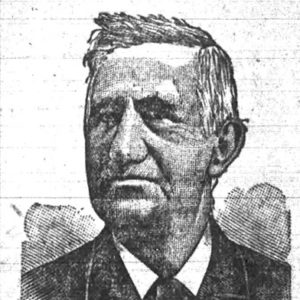 Frederick Kramer
Frederick Kramer
 William Kretsinger
William Kretsinger
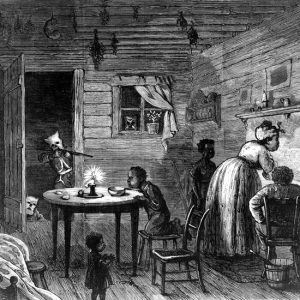 Ku Klux Klan Attack
Ku Klux Klan Attack
Ku Klux Klan (Reconstruction)
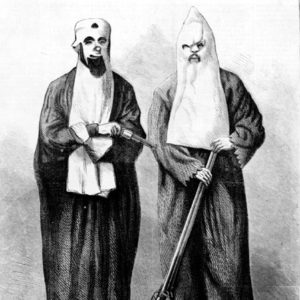 Ku Klux Klansmen
Ku Klux Klansmen
L’Anguille Ferry, Skirmish at
Lady Baxter
LaGrange, Skirmish at
Lamb’s Plantation, Skirmish at
aka: Skirmish at Helena (August 1, 1864)
 Mulford Latimer
Mulford Latimer
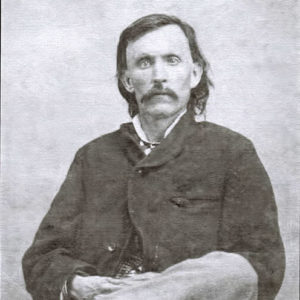 William Lawrence
William Lawrence
Lawrenceville, Skirmish at
aka: Skirmish at Green's Farm
 Robert E. Lee
Robert E. Lee




